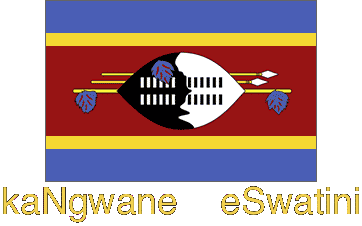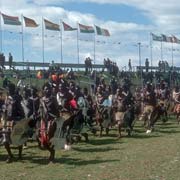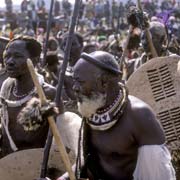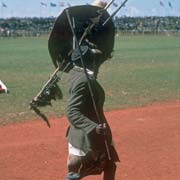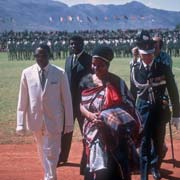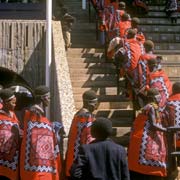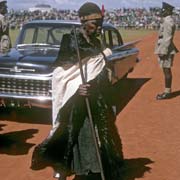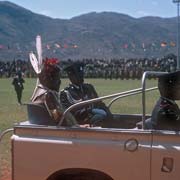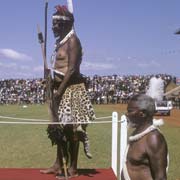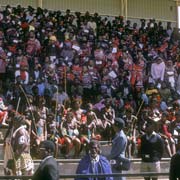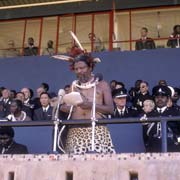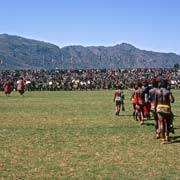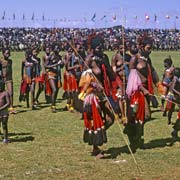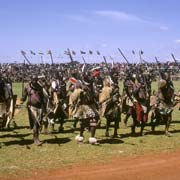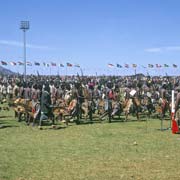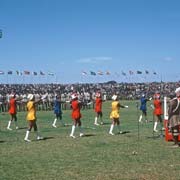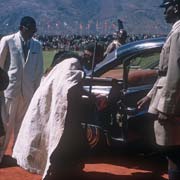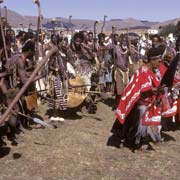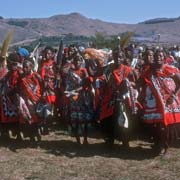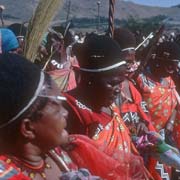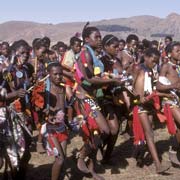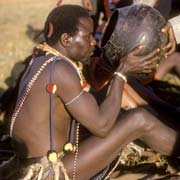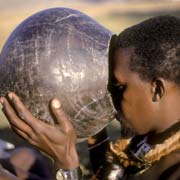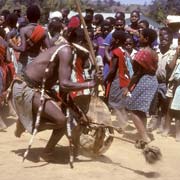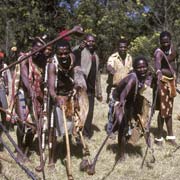Photos of Swaziland Independence Celebrations in 1970, Swaziland
Swaziland Independence Celebrations in 1970
Swaziland received its Independence from Britain on 6 September 1968 and this date has been celebrated in the Kingdom ever since. Each year there are ceremonies in the Somhlolo Stadium in Lobamba, the Royal capital to celebrate this with the whole nation.
you may then send it as a postcard if you wish.
Somhlolo, ("The Mystery") was a name given to Sobhuza I, who was King of the Swazis in the first decades of the 19th Century. He moved the centre of his power to what is now central Swaziland, consolidating his power and he may therefore be considered as the founder of the country as it is today. Therefore Independence Day is also called Somhlolo Day, the occasion when the nation comes together and foreign guests are invited to a spectacular ceremony that showcases Swaziland's unique traditional culture.
As His Majesty King Sobhuza II had, according to tradition, a great number of wives and as a consequence a very great number of children, the arrival of his immediate family took some time. The "emakhosikati" or King's wives arrived through the tunnel underneath the stadium, each immaculately dressed in black "sidvwaba" skirt topped by a colourful "emahiya" printed toga, their hair done up in "sicolo", the beehive hairstyle reserved for married women. The "bantfwabenkosi" or King's daughters then arrived, the young, unmarried girls dressed in their "indlamu" bead skirts with "umcwasho" tassels and with red "ligwalagwala" (Purple-crested lourie) feathers in their hair, a mark of Royalty. The "Ndlolovukati" (meaning She-Elephant) then arrived: the Queen Mother, revered as ruling together with her son. King Sobhuza's real mother having died a long time ago, she was one of his former wives who fulfilled that role.
Then His Majesty, the "Ngwenyama" (meaning Lion), King Sobhuza II entered and delivered a speech to the Nation. Resplendent in full traditional dress, he then joined hundreds of warriors in their regiments and, with members of his own Balondolozi Regiment, danced an ancient slow warrior dance, the "iNqaba kaNqofula". His adult sons were in the regiments and his daughters and wives danced opposite the men. He then returned and later stood on a red dais, while the traditional regiments paraded past the King. The ceremonies over, the King and Queen Mother then left in their limousines.
But, because not everybody can go to Lobamba on that day, there are always local celebrations held all over the country as well. Here too will be plenty of traditional dancing by the Swazi regiments, by groups of girls and women and there will of course be plenty of "tjwala", fermented maize beer!
See also: Independence Celebrations in 1971, the Celebrations in 1972, '73 and '74 and Video of the Celebrations of 1973.


